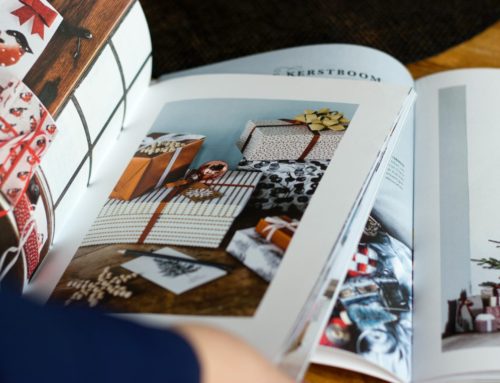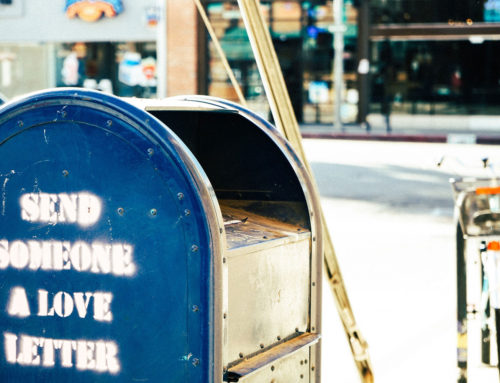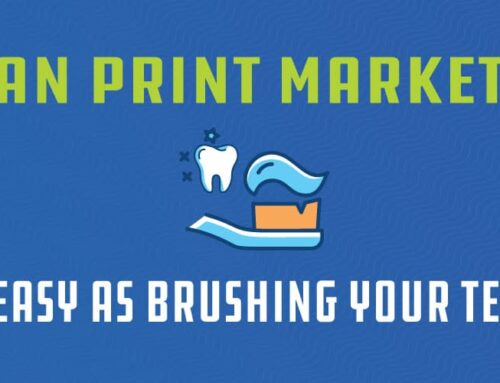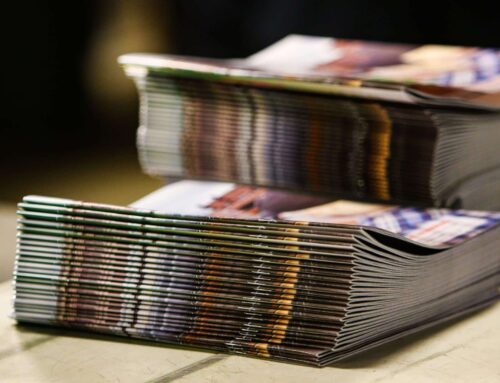You’ve got your project printed, the content looks great, and now there’s just one more decision to make: How to bind it.
While it may seem like a small detail, the binding method you choose can completely change how your project looks, feels, and functions in the real world.
Most printers, including our Reno, NV print shop, rely on three workhorse methods: spiral, saddle stitch, and perfect binding. Each one sets a different tone and handles wear and tear differently. Your job is to match the binding to how the piece will be read, stored, and shown off.
In this guide, we will walk you through the pros and cons of each book binding type, show you where they work best, and help you make a confident choice.

Table of Content
An Overview of the Most Popular Book Binding Methods
How to Decide: Matching Binding to Your Project
Why Does Book Binding Matter?
Book binding is more than just a way to hold multiple pages together. It affects:
- How your project looks
- How durable it is
- How well it holds up to daily use
Also, your choice of binding can impact how readers feel about your content. A well-bound book feels more valuable, whereas a poorly bound one can make it seem like you don’t care about quality.
An Overview of the Most Popular Book Binding Methods
If you’re not in the print industry, words like ‘saddle-stitch’, ‘spiral binding’, and ‘perfect binding’ can sound like unnecessary jargon. But they’re pretty simple once you get the basics.
Let’s go over the most common types of book binding techniques:
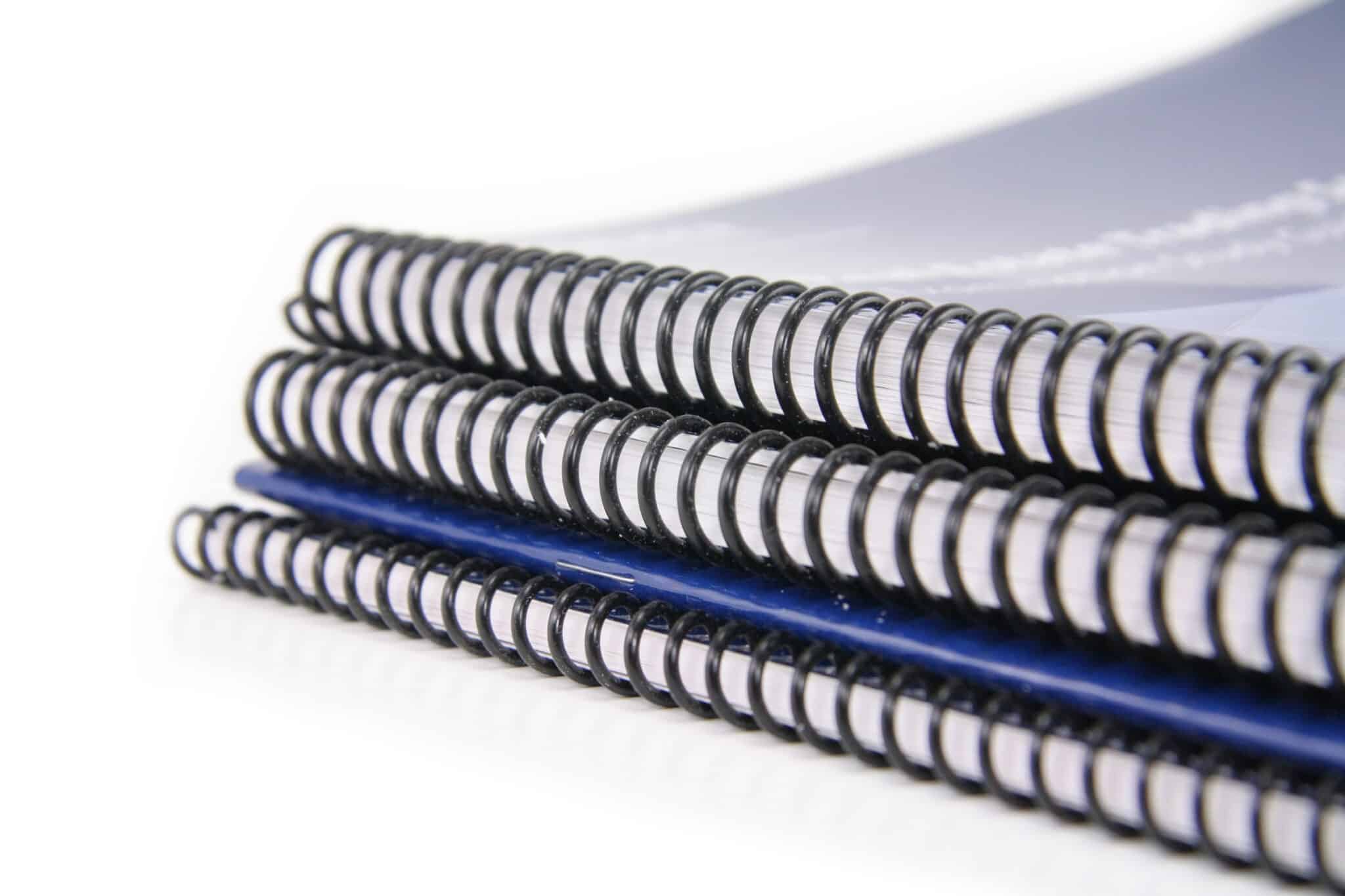
1) Spiral Binding
Spiral binding uses a continuous coil (usually plastic or metal) that’s threaded through holes punched along the edge of the pages.
Beyond holding the pages together, the coil allows them to turn a full 360 degrees, so the book can lie flat or fold back on itself.
Pros:
- Durable and flexible
- Allows 360-degree rotation for easy page flipping
- Lays flat for hands-free use
- Customizable with different coil colors and sizes
- Ideal for mid-sized projects that need frequent handling
Cons:
- Less formal appearance compared to other binding methods
- Coils can bend or snag if not handled carefully
- Not suitable for very thick books (typically limited to around a 300-page count)
Spiral binding is great for practical, hands-on materials like training manuals, workbooks, cookbooks, and calendars. It’s particularly useful for projects that need to lie flat when open or be flipped back for easy reference.
2) Saddle-Stitch Binding
Next, what is saddle-stitch binding?
Saddle-stitching involves folding sheets of paper in half and stapling them through the crease (spine) with wire staples. It’s one of the most economical binding options and is best suited for shorter documents, typically under 64 pages.
Pros:
- Affordable and budget-friendly.
- Quick production for fast turnaround times.
- Lightweight and easy to distribute.
- Ideal for thin, multi-page documents.
- Provides a simple, clean aesthetic.
Cons:
- Limited to shorter documents.
- Staples can rust over time if exposed to moisture.
- No printable spine, making it harder to label.
- Less durable than other binding methods, especially with frequent handling.
Saddle-stitch binding works well for brochures, booklets, magazines, event programs, and newsletters. It’s popular for low-budget or mass-distributed print projects.
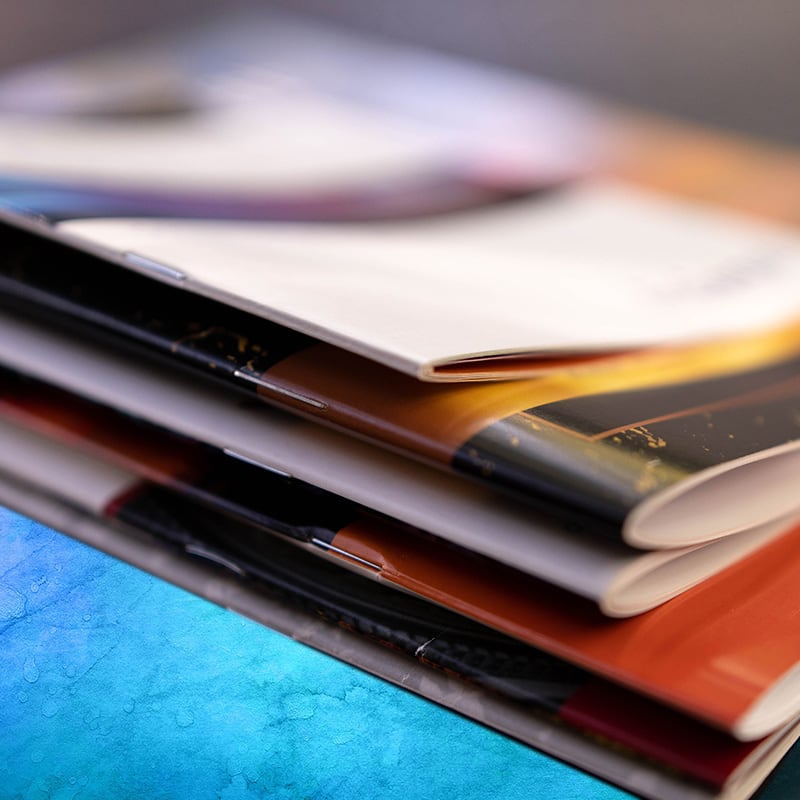
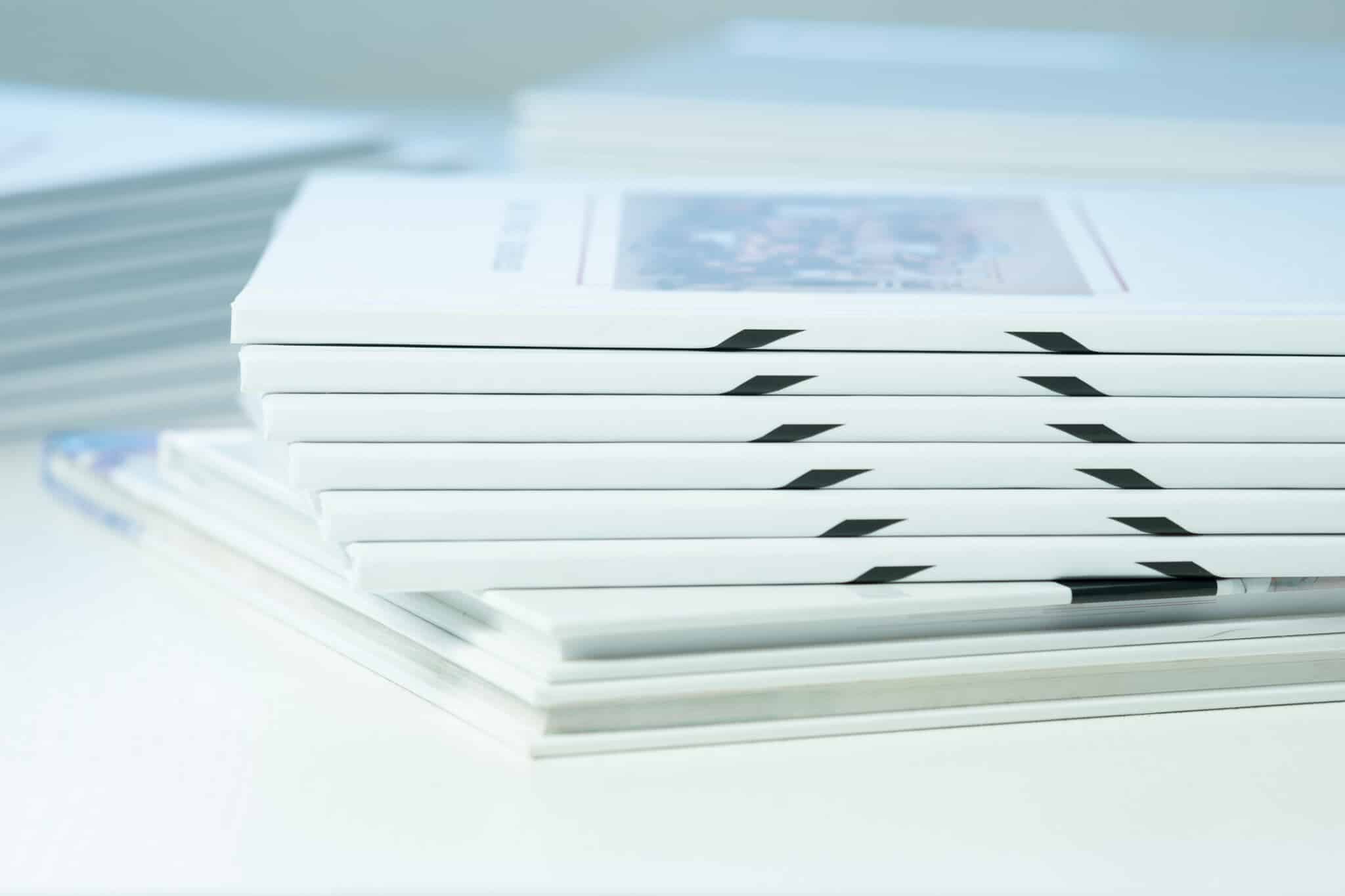
3) Perfect Binding
With perfect binding, the interior pages are glued together on one edge and then wrapped in a soft cover. Perfect-bound books give you a flat, square spine you can use to print your title or logo, so it stands out on a shelf.
Pros:
- Great for high-end projects and presentations.
- Can handle 50 to 300 pages.
- Printable spine for easy identification
- Durable and keeps pages secure.
- Excellent for retail and professional presentations.
Cons:
- Doesn’t lie flat, which can make it less user-friendly for manuals
- Higher cost compared to saddle stitch and spiral binding
- The spine may crack if opened too wide
- Longer production time due to adhesive curing
Perfect binding is best for soft cover books, catalogs, annual reports, and any project that needs a polished, professional appearance.
Still unsure? See how perfect binding stacks up against other methods in our comparison between perfect binding vs. saddle stitch.
How to Decide: Matching Binding to Your Project
Choosing the right book binding type comes down to a few simple factors. Here’s how to make the best choice for your project.
1) Page Count
First, look at how many pages your project has. If you’re working with fewer than 64 pages, a saddle-stitch is a great choice. It’s quick, affordable, and easy to produce.
For medium-sized projects, go with spiral binding. Because it lets your pages lie flat, readers can flip through without fighting to keep them open. You can also choose from various coil colors to match your design.
If you’re dealing with a large, higher page count project—like a product catalog, magazine, or annual report—go with perfect binding for a polished, bookstore-quality look.
2) Purpose
Next, consider how people will use your project. Spiral binding is perfect for cookbooks, training manuals, or any project where people may write notes or follow along step by step.
Perfect binding is more suitable for corporate reports, novels, or anything else that needs to look polished and professional. The spine adds a touch of class and makes the title visible when stacked on a shelf.
If you need something lightweight and easy to distribute, stick with a saddle stitch binding style. You can print and assemble these booklets in no time and with very low production costs.
3) Budget
Your budget also plays a big role in the binding decision. Saddle-stitch book binding costs the least, so choose it when you need an economical option for small print runs.
Spiral book binding type costs a bit more, but it’s worth it if you need a durable, flexible option. You’ll get a book that holds up well even with frequent handling. While spiral binding works well for medium print runs, keep in mind that costs can add up if you’re producing a lot of copies.
Perfect binding comes with the highest price tag, but you get a professional and durable product in return.
Make Your Choice with Confidence
Choosing the right binding method isn’t just about keeping your pages together—it’s about making your project look and feel exactly how you want.
If you’re still unsure, it’s always a good idea to speak with a professional printer who can guide you based on your budget, timeline, and project goals.
At Digiprint, our team of experts is here to help. We offer a wide range of book-binding ideas, from budget-friendly saddle stitch to polished perfect binding and durable spiral binding. No matter what you’re working on, we’ve got you covered.
Ready to get started? Contact us today for a quote.

